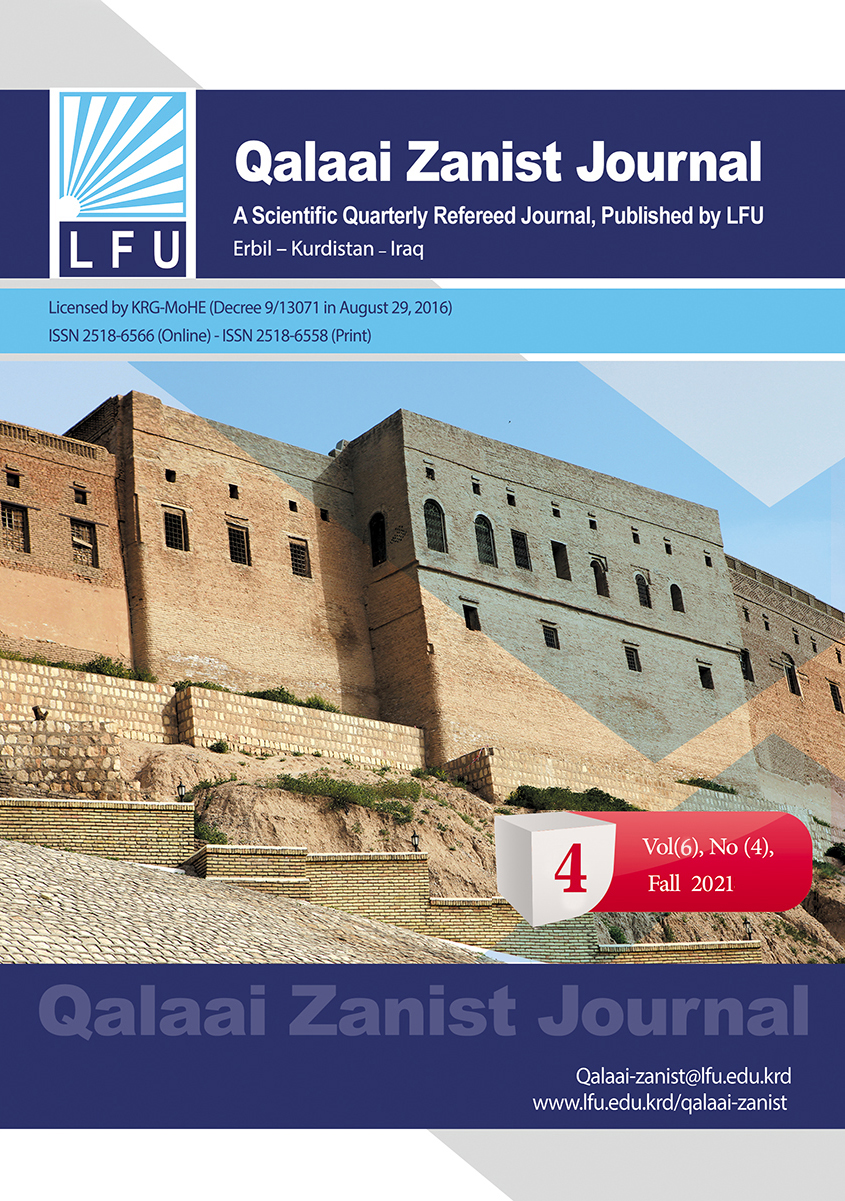Non-Linguistic Signs in Communication
##plugins.themes.bootstrap3.article.main##
Abstract
The Human language is a measure of signs, and non-linguistic signs, as one of the most prominent components of semiotics, have given a great deal of attention to all signs which makes the basis of human communication. This research deals with non-linguistic signs in communication, a topic that is vital for 93% of individuals use signs in their interactions. Communication via non-linguistic signs is one of the oldest means of communication. For example, a child’s cry, which is a non- linguistic sign, is the first means a human being uses. Using linguistic signs have had an important role in different modes of communication in society. However, non- linguistic signs play only a supplementary role in communication.
This research consists of two chapters: The first chapter discusses the process of communication and the basis of communication. It also deals with the non-linguistic signs and the purpose behind using them. The second chapter is dedicated to the types of non-linguistic signs, and embarks of such topics as paralinguistic elements, e.g., tone, silence, pause, body language, the remoteness or closeness of the interlocutors, and picture as a kind of non-linguistic signs in communication. The research end with the conclusions and the list of the references consulted throughout the whole work.
Downloads
##plugins.themes.bootstrap3.article.details##
How to Cite

This work is licensed under a Creative Commons Attribution-NonCommercial-ShareAlike 4.0 International License.





